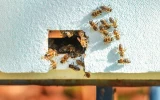The 3 Best Insulation Materials for Beehives in Winter
When winter comes, it is your responsibility as a beekeeper to properly insulate your beehives to keep the bees warm. With so many options and materials available, you might feel overwhelmed in figuring out the best insulation to use. Here's a list of the top three insulation materials that you can choose from.
The best insulation materials for beehives during winter are foam board insulation, Styrofoam wrap hives, and straw and wood shavings. The foam board ensures that your colony stays warm without being suffocated. Styrofoam wraps are cost-effective, while wood and straw shavings are eco-friendly and can maintain both temperature and humidity.
By the end of this article, you'll be well-equipped to choose the best insulation option for your beehive and you’ll know how to properly install them to keep the bees safe and warm during winter.
Summary
- The best insulation materials to keep your colony warm during the winter season are foam boards, styrofoam wrap hives, and straw and wood shavings.
- If you're looking for inexpensive ways to insulate your hive, styrofoam wrap hives are your best option. But if you want a more eco-friendly approach, you can opt for straw and wood shavings.
- Straw and wood shavings offer both temperature regulation and moisture control which ensure a better winter survival of your colonies.
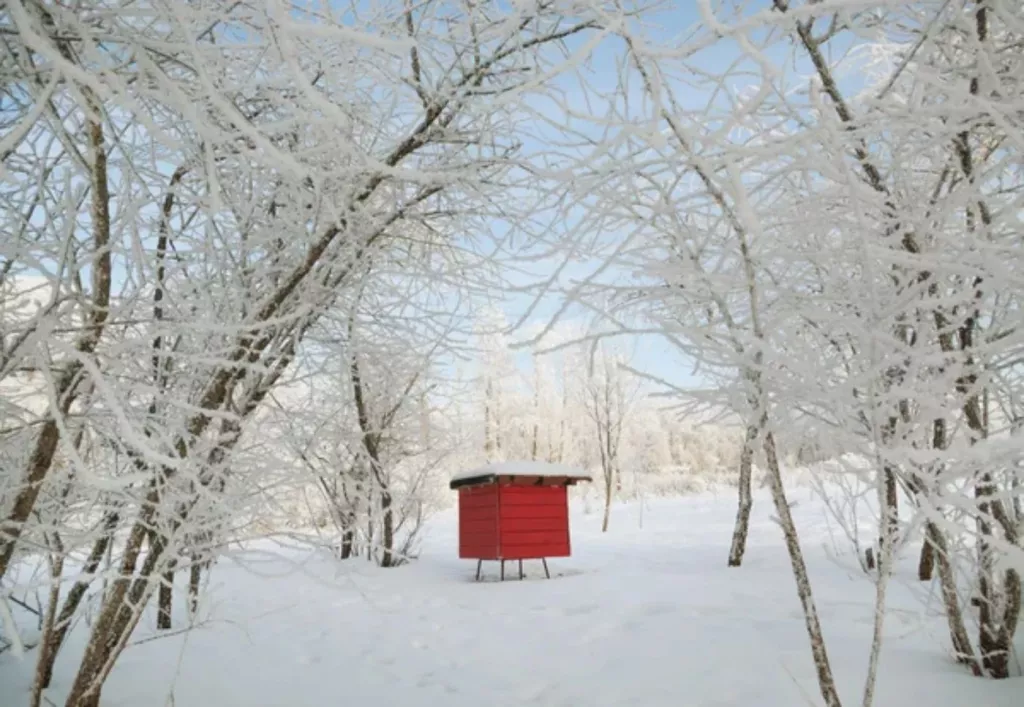
On this page:
The Best Insulation Materials for Beehives
To survive the winter season, bees cluster together inside the hive for thermoregulation. To help them out with their tiresome job, you could provide adequate insulation.
Properly insulating the hive helps prevent heat loss and ensure that your bees maintain a stable temperature, even in the coldest months. As temperatures continue to drop, you’ll see how important it is to select the right insulation material for your beehive.

Below, we have listed the top three materials with each offering its own unique benefits to keep your bees warm and comfortable throughout the winter months.
Foam boards provide both insulation and ventilation
Foam board insulation is a popular option for insulating your beehive. This material provides an optimal balance between insulation and ventilation, keeping your colony warm without suffocating them.
To use foam board insulation effectively, you may want to cut the panels to fit around the exterior of your beehive. Consider leaving a small gap for ventilation around the inner cover to prevent condensation.
Foam boards also help to minimize heat loss in the winter, allowing your honeybees to maintain their winter cluster and use less energy. The higher the R-value of the foam board, the better its insulation properties will be.
R-value refers to an insulation material's ability to resist heat flow. The higher the R-value, the greater the insulating effectiveness.
The recommended R-value for foam board is around R-6 to R-8. This level of insulation mimics the R-value of an actual tree cavity utilized by wild bees.
When selecting the right foam board for your hive, perhaps, you’d like to consider also factors like moisture resistance, and durability.
Styrofoam hive wraps are an affordable option to warm your hives
Wrapping your beehives during the winter months is a matter that you may want to consider, to provide insulation for your hive and keep your bees warm without causing excess condensation.
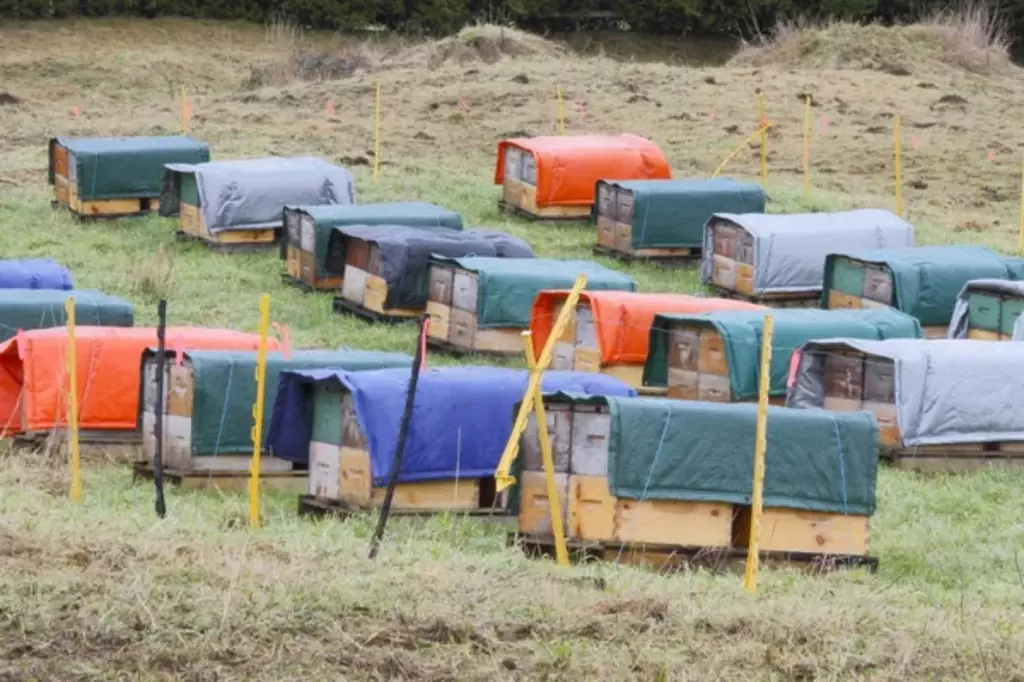
One of the best types of wraps for your hive is Styrofoam hive wraps. To use these wraps, you can simply wrap them around the exterior of your beehive and secure them in place using a staple gun. Take note to leave openings at the hive entrances to provide adequate ventilation and access for your honeybees.
This insulation material has many advantages which made them popular with many beekeepers. Some of them are listed below.
- They are excellent insulators: Styrofoam is a highly effective insulator, which means it can help regulate the temperature inside the beehive. Since bees are sensitive to temperature changes, maintaining a consistent temperature can help keep them healthy and productive.
- They are very lightweight: Styrofoam is a lightweight material, which makes it easy to handle and install. This makes it easier for you to move the hives or transport them to different locations.
- They are highly durable: This material can withstand harsh weather conditions and protect the hive from damage. You, therefore, get the benefits of an extended shelf life of the hive and a reduced need for repairs or replacements.
- They are cost-effective: Styrofoam hive wraps are relatively inexpensive compared to other types of hive wraps, which can help you save money.
- They are easy to clean: Styrofoam is easy to clean and sanitize, which can help prevent the spread of disease and keep the hive healthy. This also means you can reuse them as needed.
- They can be easily cut and formed: These wraps can be cut to fit around the frames of your beehive.
Straw and wood shavings keep your bees warm and absorb excess moisture
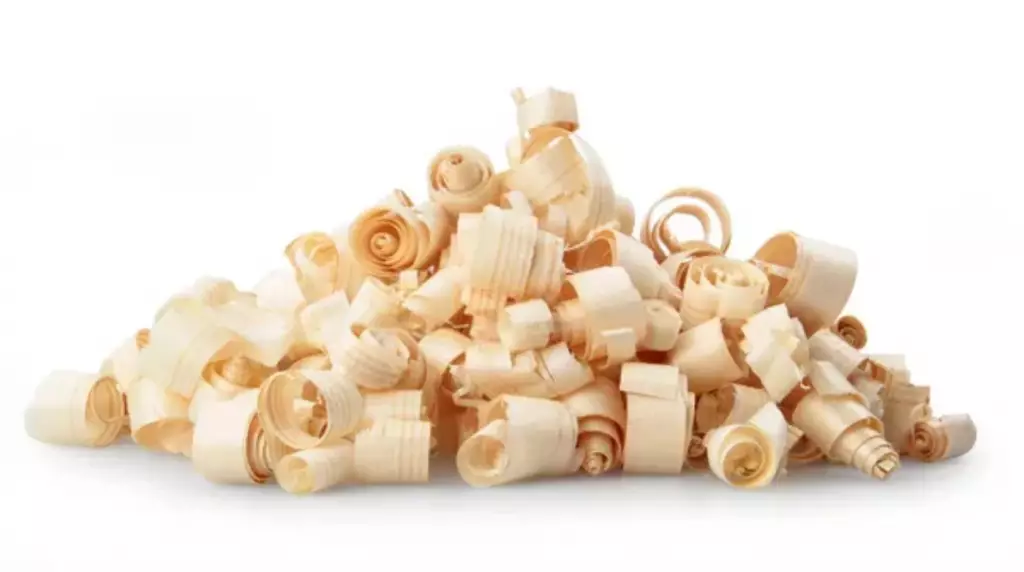
One aspect that you need to give attention to when overwintering your bees is moisture control, aside from temperature regulation. To solve this problem, you may find that using natural and eco-friendly insulation materials such as straw and wood shavings can help a lot.
Not only do they provide a good insulating layer to retain heat, but they also help maintain proper humidity levels within the hive as they absorb moisture and prevent condensation.
To insulate your hive using these materials, pack them between the outer cover and the inner cover, creating a layer of insulation around the honeybee colony. You may want to check if the straw or wood shavings are clean and dry before use, as moldy or damp materials can negatively impact your bees' health.
Note, however, that when using these to keep your colony warm, you must be aware of potential ventilation issues. You might need to monitor the humidity inside the hive and adjust the configuration if needed.
To further give you insights about these materials, here are some of their advantages:
- They are sustainable: Both straw and wood shavings are renewable resources, which makes them a sustainable choice especially if you are leaning towards environmental-friendly methods.
- They provide good insulation: Both materials provide good insulation for beehives, which can help regulate the temperature and humidity inside the hive.
- They are absorbent: As mentioned, both materials are absorbent, which means they can help absorb excess moisture and prevent condensation from forming inside the hive. This can help reduce the risk of mold and mildew growth.
- They are natural and non-toxic: Compared to synthetic insulation materials, straw and wood shavings are natural and non-toxic. If you want to avoid exposing your bees to harmful chemicals or synthetic materials, these insulators are good for you.
- They are inexpensive:Both straw and wood shavings are relatively inexpensive compared to other types of insulation materials, which can help you save money.
Importance of Insulating Beehives During Winter
You have learned the types of materials that you can use to provide the best insulation for your beehives during winter. In this section, you'll learn why is it important to keep them insulated.
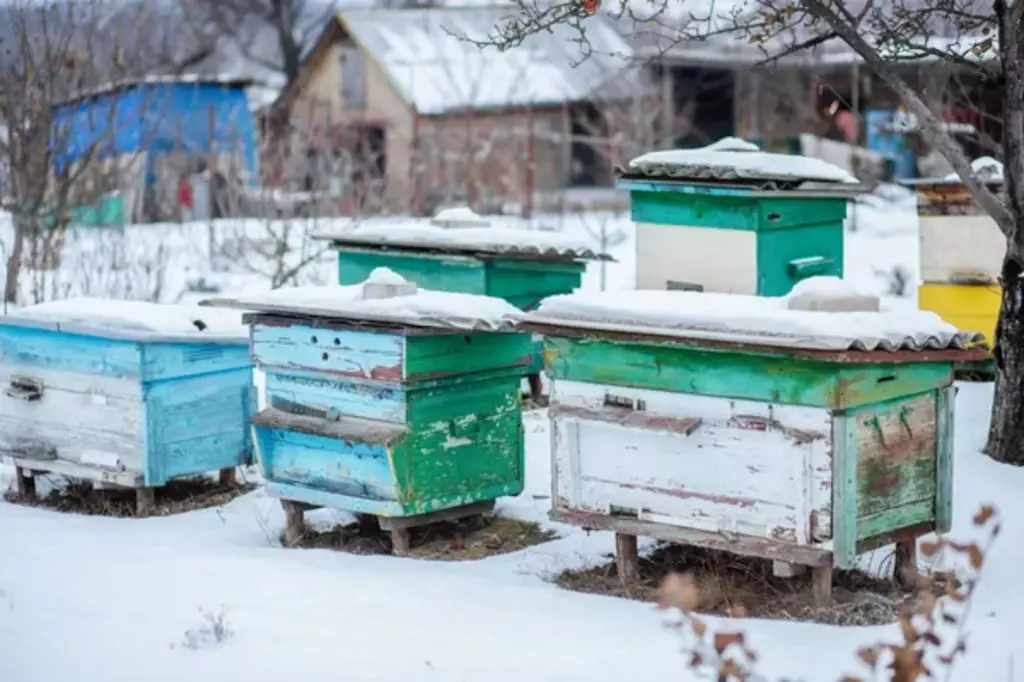
Insulating a beehive helps maintain the good health and productivity of the bees
During winter, your beehive faces numerous challenges, one of which is the cold temperature. Insulating the beehive helps your bee colony survive the winter months and continue producing honey.
An insulated beehive helps your bees conserve energy and reduce honey consumption
When winter arrives, the temperature drops and your bee colony's job becomes keeping the hive and their brood warm. Bees cluster together in the beehive and generate heat to maintain a constant temperature, around 95°F (35°C) inside the hive.
To do so, they rely on stored honey as their food source to produce this heat, and the more heat they need to generate, the more honey they will consume.
By insulating the beehive, you help your bees conserve energy, reduce their honey consumption, and make it easier for them to maintain a comfortable temperature inside the hive. An insulated beehive lessens the impact of extreme cold, snow, and icy winds, providing your bees with a better chance of survival.
Insulating a beehive helps maintain optimal temperatures which encourages bees to stay
Another issue that you may need to give attention to during winter is condensation, which can be harmful to your bee colony. Warm air generated by the bees can rise, meet the cold hive walls or roof, and condense into water. Excess moisture inside the beehive can lead to mold growth, poor air quality, or even freeze, causing harm to the bees.
Insulating the hive helps prevent condensation by keeping the hive's interior surfaces warmer, reducing the risk of moisture buildup. By helping your bees regulate the hive's temperature and maintain an optimal environment, you can avoid any sudden colony losses, or prevent bees from abandoning the hive due to extremely cold temperatures.
